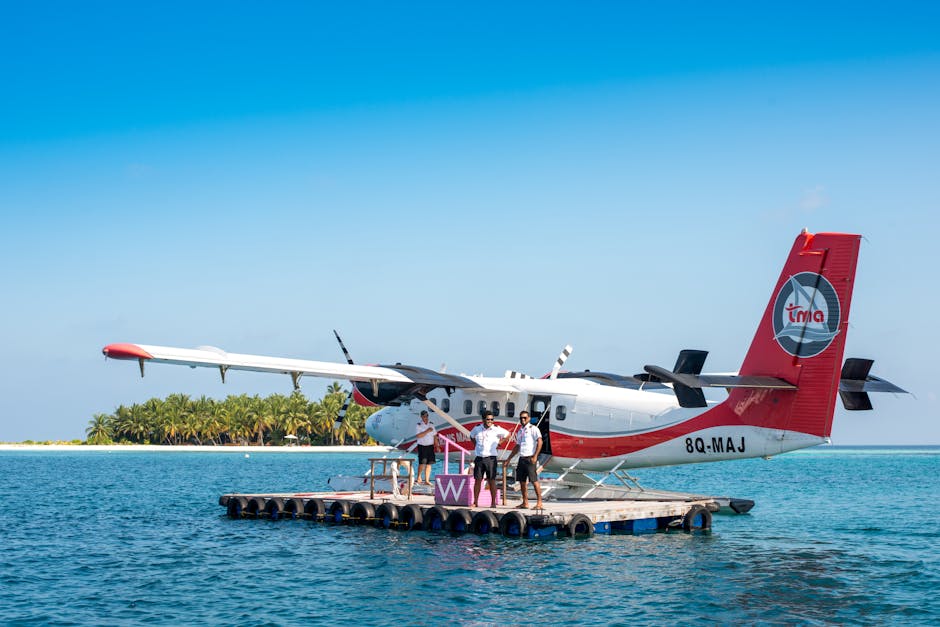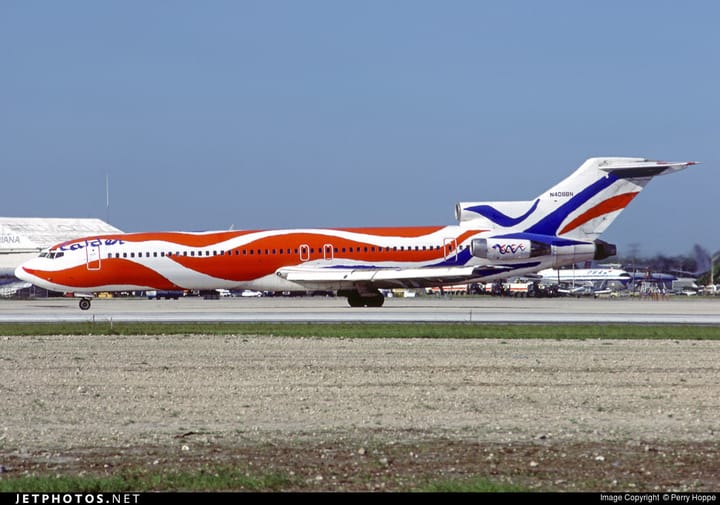Imagine a sky where dogfights are waged not by seasoned aces but by tireless, lightning-fast artificial intelligence. This once-futuristic vision is fast becoming reality. The United States Air Force, along with defense contractors and research organizations, is investing heavily in AI-controlled fighter aircraft. Recent tests, such as those involving the X-62A VISTA, have demonstrated that artificial intelligence is not only matching but in some cases surpassing human pilots in complex aerial maneuvers. As AI continues to evolve, its role in military aviation—and eventually civil aviation—could redefine what it means to be a pilot.
From Stick-and-Rudder to Silicon Intelligence: A Brief History
Since the dawn of flight, piloting has been a blend of art and science. Early aviators relied on instincts, wits, and hands-on flying. As aircraft became faster and more complex, technology stepped in to assist. Autopilots, first introduced in the 1930s, could handle straight-and-level flight, but every real decision still required a human hand on the stick.
Fast-forward to the age of fly-by-wire systems, where computers interpret pilot commands and stabilize inherently unstable jets like the F-16. These advances made modern fighter jets possible, but the ultimate authority remained with the pilot. Today, artificial intelligence is poised to become not just an assistant, but an autonomous decision-maker capable of executing the split-second judgments that define air combat.
The X-62A VISTA: A Glimpse Into the Future
One of the most exciting testbeds for AI piloting is the X-62A VISTA (Variable Stability In-Flight Simulator Test Aircraft), operated by the U.S. Air Force Test Pilot School. In 2023, this highly modified F-16 became the stage for a series of groundbreaking experiments in which AI 'agents' controlled the jet in simulated dogfights against experienced Air Force pilots.
Using advanced algorithms and real-time sensor data, the AI demonstrated both aggressive and defensive tactics, adapting to the moves of its human adversaries. In several scenarios, AI-controlled jets not only held their own but outmaneuvered human pilots—executing high-G turns, split-second reversals, and energy management maneuvers with superhuman precision and speed.
The X-62A’s open systems architecture allows rapid software updates and easy integration of new AI models, making it an ideal platform for continuous development. The fact that AI can now safely fly—and fight—in real-world conditions marks a major leap forward from previous generations of computer simulation.
Why AI Pilots Matter: The Strategic and Technical Edge
Why is this development so significant? In a nutshell, AI offers several advantages that could transform both military and civilian aviation:
- Reaction Speed: AI can process sensor data and make decisions in microseconds, far faster than any human pilot.
- No Fatigue: Machines don’t tire, get stressed, or lose focus, allowing for sustained high-performance operations.
- Superhuman Maneuvering: AI pilots can calculate and execute complex maneuvers at the limits of an airframe’s capabilities without hesitation or fear.
- Learning at Scale: Unlike humans, who must accrue experience one sortie at a time, AI can train on millions of simulated engagements, learning tactics and adapting at unprecedented speed.
- Swarm Coordination: Multiple AI-controlled aircraft can coordinate instantly, enabling new tactics like coordinated “swarm” attacks or defenses that would be impossible for human pilots to orchestrate in real time.
For the military, these advantages could be decisive. AI-controlled aircraft could fly dangerous missions without risking human life, react to threats with inhuman speed, and outmaneuver adversaries through relentless, data-driven tactics.
Beyond the Cockpit: AI’s Broader Impact on Aviation
While much of the excitement focuses on military applications, AI’s advance in aviation is likely to ripple across the entire industry:
- Commercial Aviation: Autopilots already do much of the flying in airliners, but AI could eventually handle complex emergencies, optimize fuel usage, and even operate aircraft autonomously under supervision—potentially reducing cockpit crew requirements.
- Safety: By monitoring systems and external conditions, AI could predict and prevent accidents, alerting pilots to problems before they develop and even taking corrective action independently.
- Unmanned Cargo and Urban Air Mobility: As the technology matures, AI pilots could soon be flying cargo planes, air taxis, and drones, opening up new business models and expanding access to remote areas or congested cities.
- Training and Simulation: AI-driven adversaries can provide highly realistic training for human pilots, pushing them to improve and adapt in ways that were previously impossible.
Passengers may not notice the difference at first, but as AI pilots become more capable, flights could become safer, more efficient, and more reliable. Airlines could benefit from lower operating costs and fewer delays, while passengers enjoy smoother journeys.
Challenges and the Human Factor
Of course, there are significant hurdles to overcome before AI pilots become commonplace. Safety is paramount; any autonomous system must be able to handle not just the expected, but the unpredictable. Pilots routinely improvise in emergencies, drawing on intuition, experience, and creativity. Can AI replicate this?
Trust is another issue. Will passengers and military commanders be comfortable with a machine at the controls? Regulatory bodies like the FAA and EASA will need to develop new certification processes, and the aviation industry will need to demonstrate that AI pilots are not just as good, but better than their human counterparts in all but the most extraordinary circumstances.
There’s also the question of ethics. In military use, who is responsible when an AI-controlled aircraft makes a kill or accidentally targets non-combatants? These are profound questions that will need to be answered as the technology matures.
The Road Ahead: Humans and AI, Allies in the Sky
Despite the headlines, the future of aviation is unlikely to be either human or machine. The most promising path is partnership—a combination of human intuition and machine precision. Human pilots will continue to set mission objectives, exercise judgment, and handle the unexpected, while AI handles split-second reactions, data analysis, and routine flying.
Already, concepts like “loyal wingman” drones pair piloted aircraft with AI-controlled teammates, leveraging the strengths of both. As AI grows more capable, we may see the lines blur further, with pilots acting more as mission commanders than stick-and-rudder operators.
Conclusion: A New Chapter in Aviation
Artificial intelligence has the potential to become more capable than human pilots—not just in the cockpit, but in every aspect of flight. From the dogfights of the X-62A VISTA to the future of commercial aviation, AI is set to transform the skies. The journey will be challenging, raising questions of trust, safety, and ethics. But for plane enthusiasts and professionals alike, these are thrilling times. The age of the AI aviator is just beginning, and the possibilities are as limitless as the sky itself.


